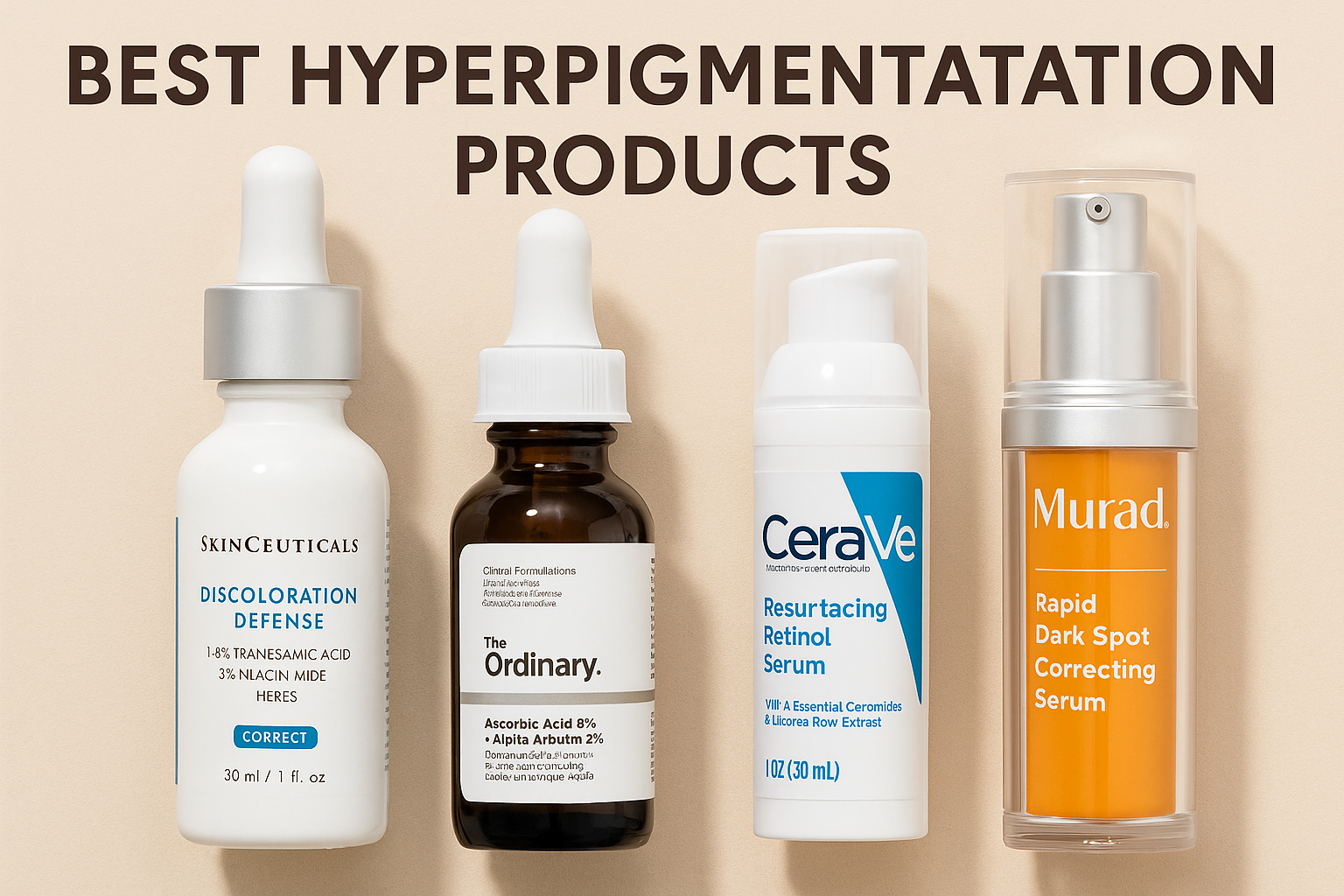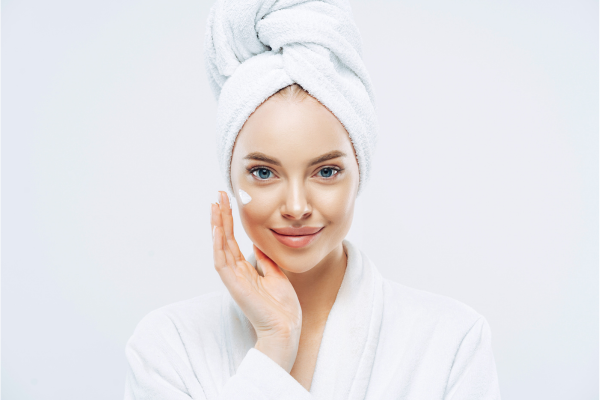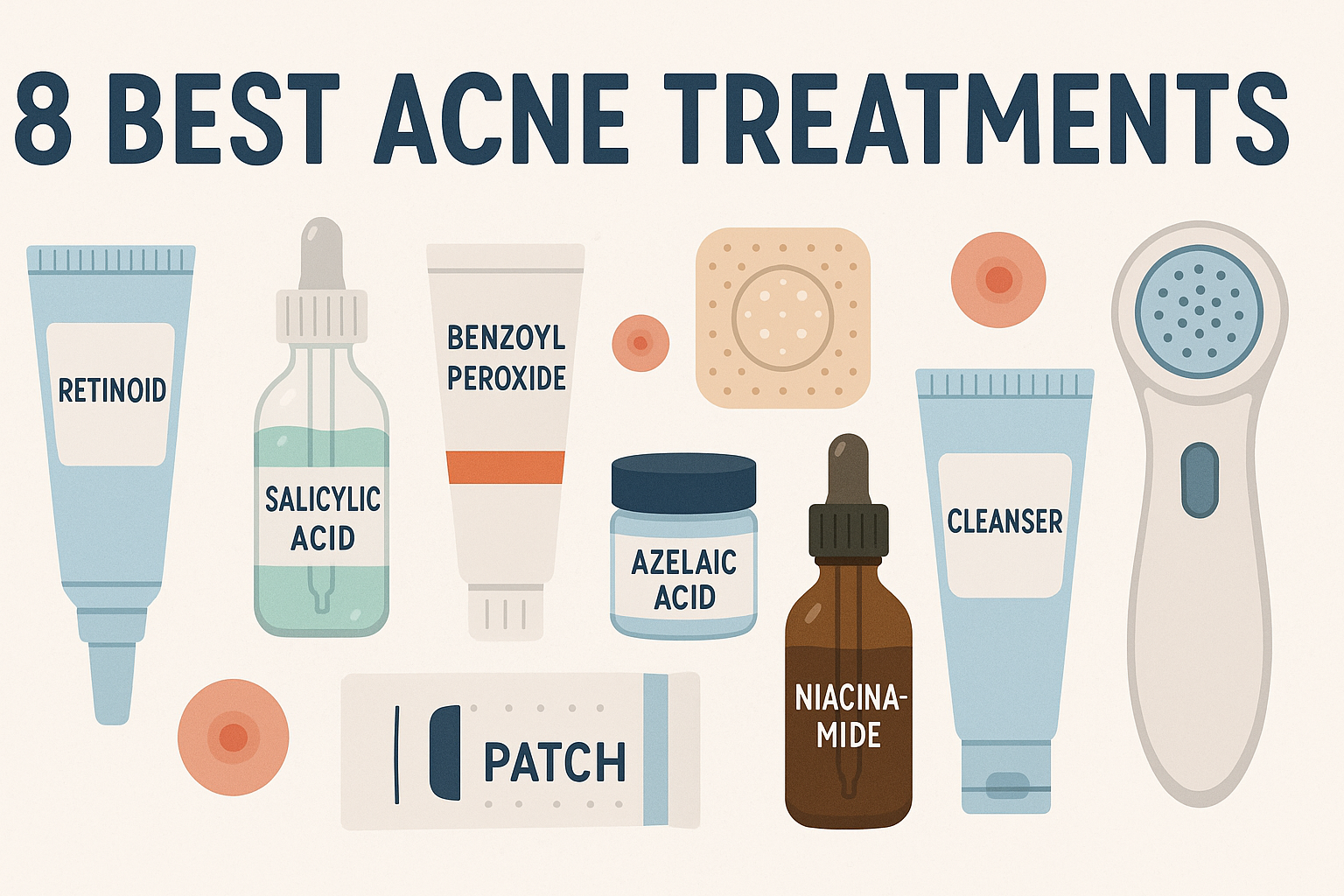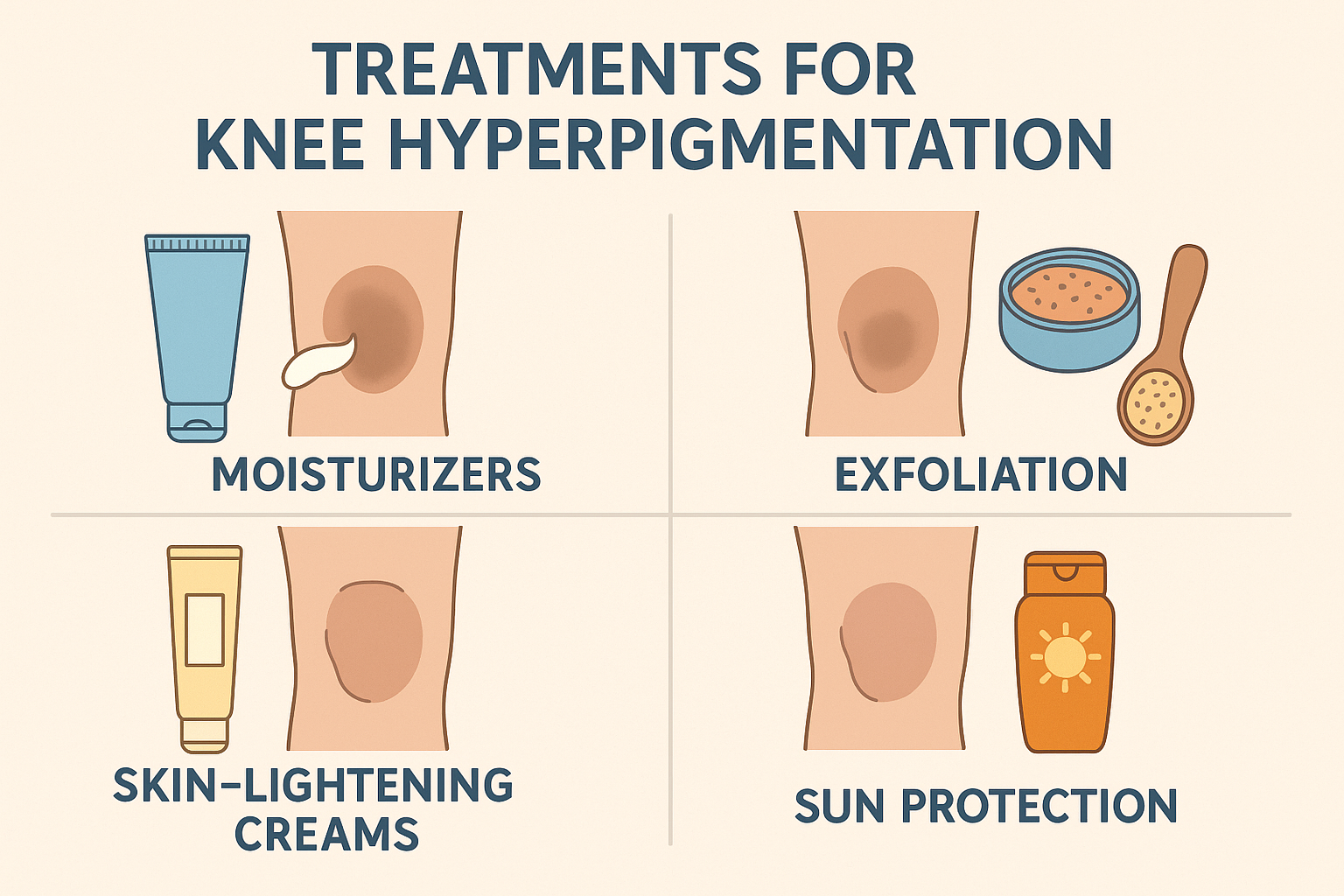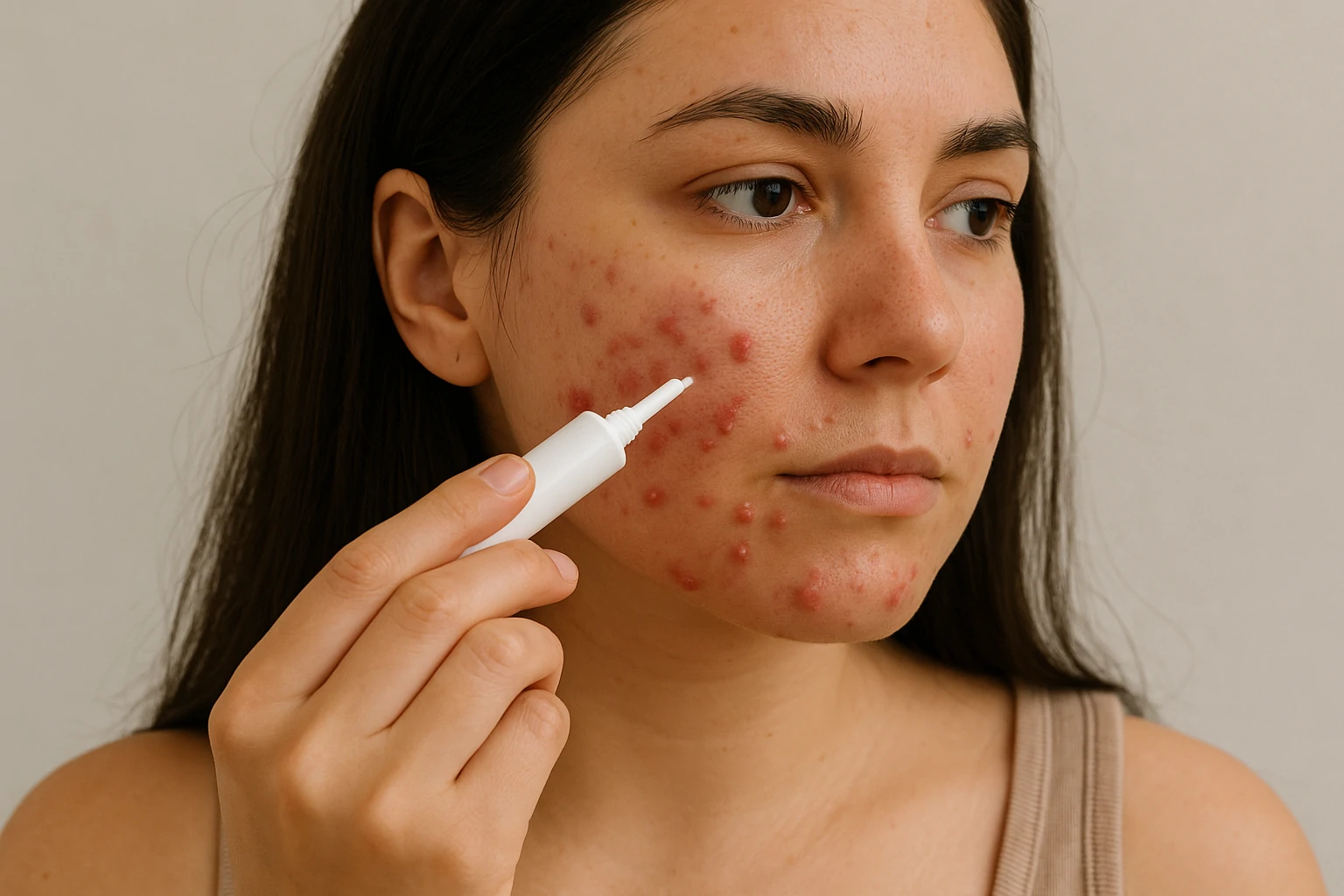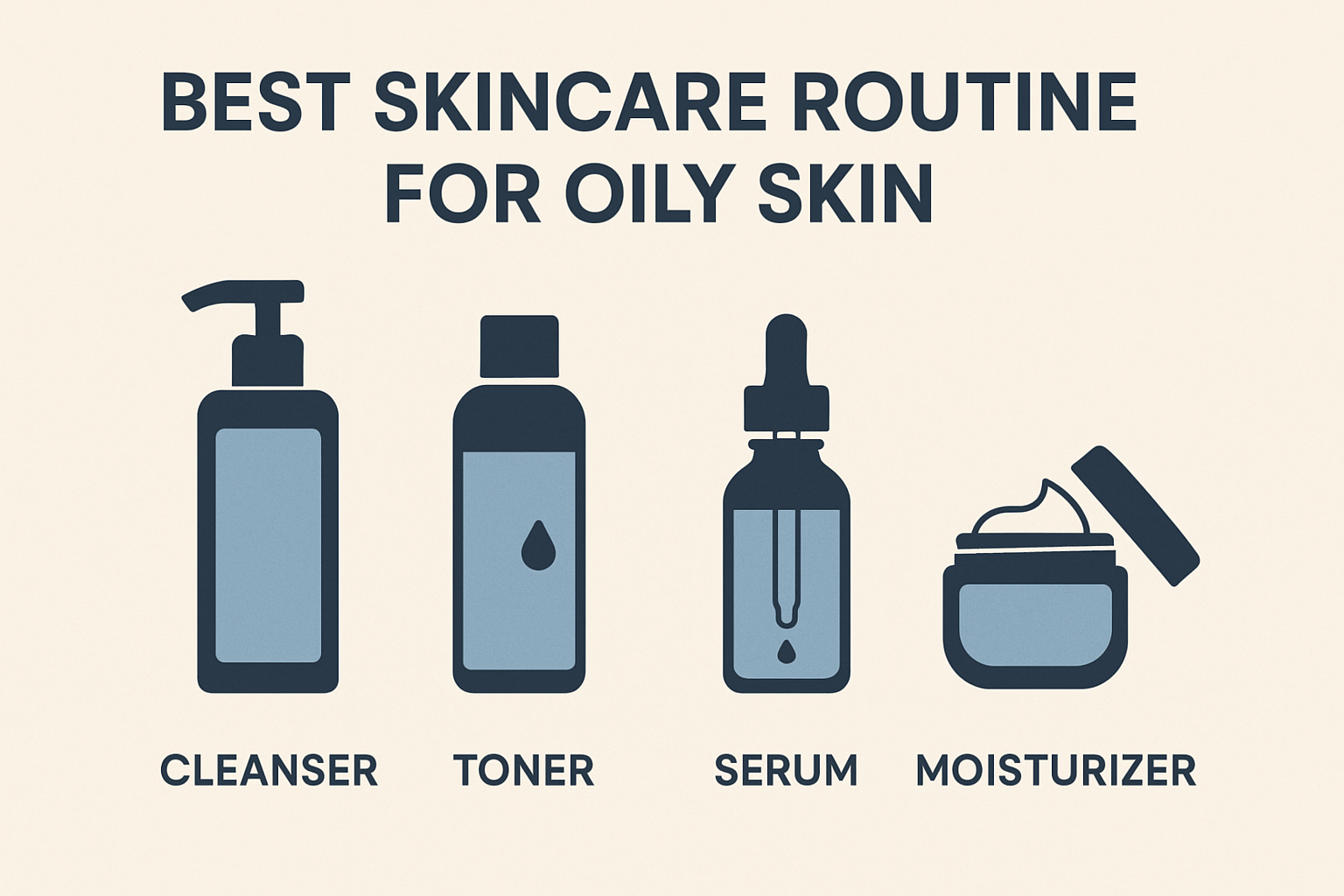Glycolic vs Salicylic vs TCA Peel: Which Is Right for You?
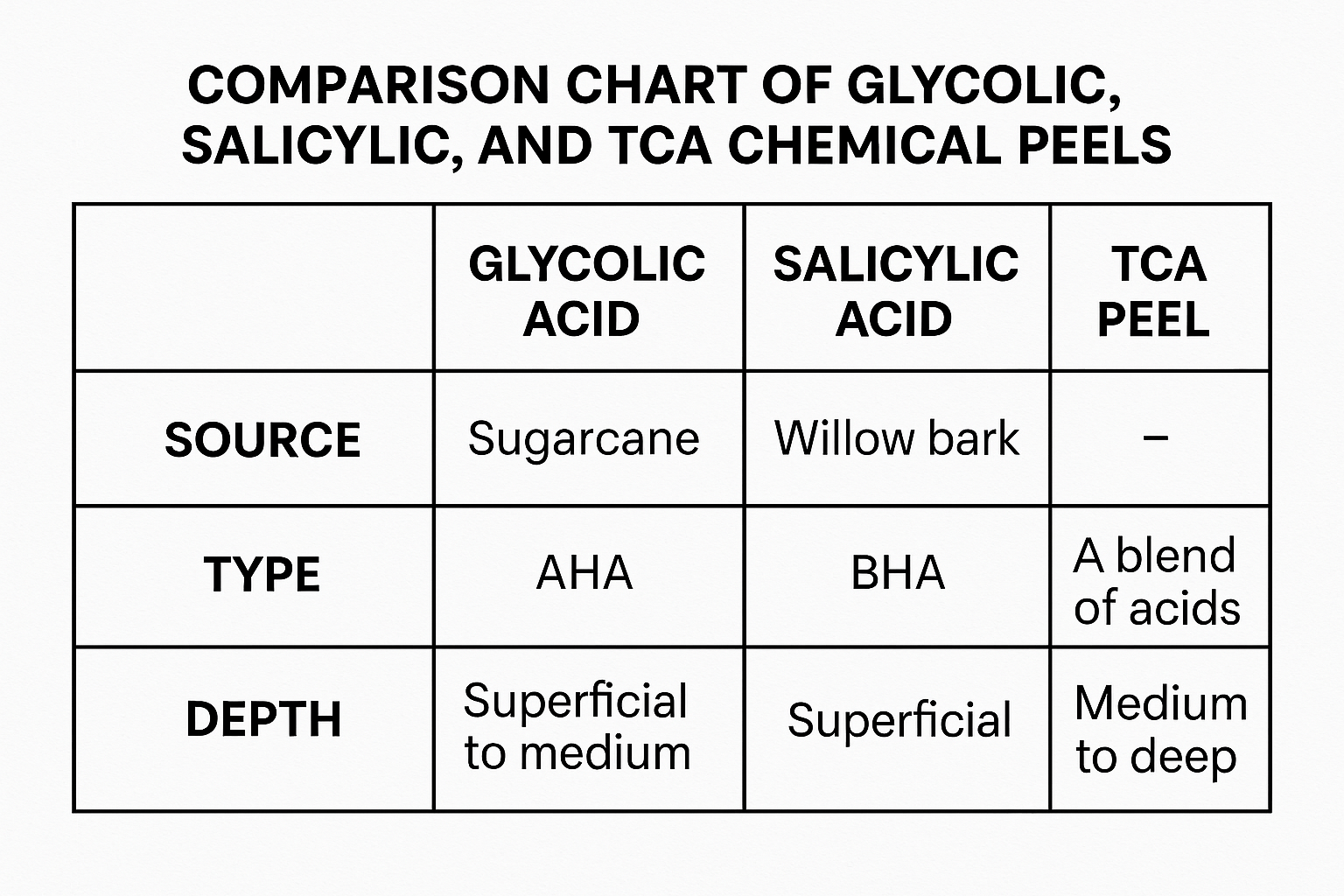
If you’re dealing with acne scars, fine lines, or sun damage, a chemical peel can be a powerful solution to revive your skin. This skincare treatment uses acids like glycolic acid, salicylic acid, and TCA (trichloroacetic acid) to exfoliate the top skin layers. The process boosts skin cell turnover, refines texture, and unveils a fresher, more radiant complexion.
Each peel has its unique benefits. Glycolic acid is ideal for dry, dull skin. Salicylic acid works best for oily and acne-prone skin. TCA, on the other hand, penetrates deeper—perfect for addressing pigmentation and visible signs of aging.
Understanding the differences between these peels is key to getting safe, effective results. Choosing the right formula for your skin type and concerns not only enhances your glow but also becomes part of a long-term skincare strategy.
Keep reading—we’ll break down each type to help you decide which peel is right for your journey to healthier skin.
What Are Chemical Peels
Chemical peels are dermatological treatments that apply a chemical solution—usually acid-based—to exfoliate the outer layers of the skin. This controlled peeling process encourages new cell growth and promotes a smoother, more even texture.[1Shireen Samargandy, Blake S. Raggio. Chemical Peels for Skin Resurfacing. National Library of Medicine, 2025 Jan. 2023 Oct 29.]
These peels commonly use active ingredients such as alpha hydroxy acids (AHAs)—like glycolic,[2Jaishree Sharad. Glycolic acid peel therapy – a current review. National Library of Medicine, 2013 Nov 11:6:281-8. doi: 10.2147/CCID.S34029.] lactic, and citric acid—which are effective for dry, uneven, or aging skin.[3N Zakopoulou MD, G Kontochristopoulos MD. Superficial chemical peels – Zakopoulou et al. (Journal of Cosmetic Dermatology 2006).] For oily and acne-prone skin, beta hydroxy acids (BHAs) like salicylic acid are preferred because they’re oil-soluble and penetrate deep into pores.[4Aira Faye C. Barote, Edelweise H. Genelsa, Jerome Alaba, Hannah Mae U. Encendencia. POTENTIAL TOXICITY OF ALPHA AND BETA HYDROXY ACIDS IN COSMETIC PRODUCTS: A REVIEW. International Journal of Research Publication and Reviews, DOI:10.55248/gengpi.2022.3.6.5.]
During the treatment, a licensed professional applies the solution evenly across your skin. Depending on the strength and duration, the peel can be light, medium, or deep. As the old skin peels away, the new skin underneath appears brighter, clearer, and smoother—often with results visible after just one session.
Whether you’re new to skincare or looking to level up your routine, understanding how peels work is the first step to achieving noticeable improvements in skin health.
What Are the Benefits of Chemical Peels?
Chemical peels offer a range of skincare benefits, making them a go-to treatment for both beginners and seasoned skincare users.
- Prevent Acne Breakouts: Peels help regulate oil production and exfoliate clogged pores, creating an environment less favorable for acne-causing bacteria. Ingredients like salicylic acid are particularly effective in treating active breakouts and preventing new ones from forming.[5Healthline: What Are the Benefits of a Chemical Peel and Which Type Is Right for You?]
- Boost Product Absorption: By removing the top layer of dead skin cells, peels allow serums, moisturizers, and treatments to penetrate more deeply and work more efficiently. This is especially helpful if you’re using active skincare like retinol or vitamin C.[6Neivision: 10 Benefits of Chemical Peels.]
- Smooth Fine Lines: Medium-strength peels stimulate collagen production and exfoliate aging skin, reducing the appearance of fine lines and creating a smoother surface.[7Healthline: What Are the Benefits of a Chemical Peel and Which Type Is Right for You?]
- Brighten Skin Tone: Exfoliating dull skin reveals a healthier, more radiant glow. Some peels also help fade dark spots and even out pigmentation, giving your skin a naturally luminous look.[8VOGUE: How to Do an At-Home Chemical Peel, According to Experts.]
By integrating chemical peels into your routine, you’re not just improving surface-level concerns—you’re supporting long-term skin health and vitality.
Types of Chemical Peels
1. Glycolic Peel: Gentle Brightening for Dull or Aging Skin
The glycolic peel uses glycolic acid—an alpha hydroxy acid (AHA) with small molecules that penetrate the skin effectively. It gently exfoliates the outer layer of dead skin cells, helping improve tone, smoothness, and radiance.[9Jaishree Sharad. Glycolic acid peel therapy – a current review. National Library of Medicine. 2013 Nov 11;6:281–288. doi: 10.2147/CCID.S34029.]
Ideal for those noticing early signs of aging, glycolic peels target issues like dullness, uneven skin tone, mild hyperpigmentation, and fine lines. They’re also beneficial for mild sun damage and surface-level acne scarring.
Often derived from sugar cane or fruit, glycolic acid is a naturally occurring compound that’s gentle yet effective. It encourages faster skin cell turnover, revealing newer, healthier skin beneath—without harsh side effects.
Because it’s relatively mild, this peel is perfect for beginners or those with sensitive skin. Plus, it requires little to no downtime, making it a convenient option for those with busy lifestyles.
If you’re looking to boost skin glow, improve texture, and kick-start your skincare journey, glycolic peels are a solid place to start.
2. Salicylic Peel: Deep-Cleaning Treatment for Oily and Acne-Prone Skin
Salicylic peel is a powerful choice for oily or acne-prone skin. This treatment uses salicylic acid, a beta hydroxy acid (BHA) that penetrates deep into the pores to dissolve oil buildup and dead skin cells.[10Evangeline B Handog, Maria Suzanne L Datuin, Ivan A Singzon. Chemical Peels for Acne and Acne Scars in Asians: Evidence Based Review. National Library of Medicine. 2012 Oct-Dec;5(4):239–246. doi: 10.4103/0974-2077.104911.]
Unlike AHAs that work on the skin’s surface, salicylic acid dives into sebaceous glands to break down blackheads, whiteheads, and prevent future breakouts. It also has anti-inflammatory properties, helping reduce redness and calm active pimples—without irritating the skin.
This peel is especially useful for those struggling with clogged pores, shiny skin, or recurring acne. With consistent treatments, it can help refine skin texture, control oil production, and prevent new blemishes from forming.
While results aren’t instant, regular sessions under professional guidance can lead to significantly clearer, smoother skin over time. If you’re tired of fighting stubborn acne or excessive oil, a salicylic peel could be your skin’s new best friend.
3. TCA Peel: Deep Treatment for Acne Scars and Pigmentation
The TCA peel (trichloroacetic acid) is a medium-depth chemical peel designed to reach the upper dermis layer of the skin. Because it penetrates deeper than glycolic or salicylic acid, TCA is highly effective for improving acne scars, stubborn hyperpigmentation, fine lines, and UV damage.[11Rendon MI, Berson DS, Cohen JL, Roberts WE, Starker I, Wang B. Evidence and considerations in the application of chemical peels in skin disorders and aesthetic resurfacing. J Clin Aesthet Dermatol. 2010;3(7):32-43.]
This treatment accelerates cell turnover by removing dead skin from deeper layers, revealing smoother, more even-toned skin underneath.[12Irma Bernadette S Sitohang, Lili Legiawati, Lis Surachmiati Suseno, Fadhila Dea Safira. Trichloroacetic Acid Peeling for Treating Photoaging: A Systematic Review. Dermatol Res Pract. 2021 Aug 30;2021:3085670. doi: 10.1155/2021/3085670.] It’s especially useful for addressing moderate to severe skin concerns that surface peels may not reach.
Due to its intensity, TCA peels must be performed by a licensed professional. They are not recommended for highly sensitive skin or skincare beginners. If you’re new to peels, it’s best to start with gentler options like glycolic or salicylic acid to see how your skin responds.
Recovery takes about a week, with visible peeling and redness during healing. However, the results are long-lasting—skin appears clearer, brighter, and significantly rejuvenated.
What Kind of Chemical Peel Is Best for Acne?
When it comes to treating acne, choosing the right chemical peel depends on your skin type and the severity of the breakout. The most effective options include salicylic acid, glycolic acid, and TCA peels.
Salicylic acid, a beta hydroxy acid (BHA), is oil-soluble—making it ideal for oily and acne-prone skin. It penetrates deep into pores to unclog buildup and reduce inflammation. For mild to moderate acne, salicylic peels are often the first recommendation due to their anti-bacterial and exfoliating properties.
Glycolic acid, an alpha hydroxy acid (AHA), works well for surface-level concerns like post-acne marks and uneven texture. It also improves dullness and promotes smoother skin.
TCA is more powerful and typically reserved for persistent acne scars and deeper pigmentation. Its stronger action means longer recovery, but also more dramatic improvements.
Experts agree: for optimal results, peels should be part of a broader acne care routine, ideally under professional supervision. Home-use peels can support this journey—choose ones with safe, mild concentrations to keep your skin clear without irritation.
Which Chemical Peel Is Most Effective?
The most effective chemical peel depends on your skin goals and how deep the treatment needs to go. Two standout ingredients known for their powerful results are glycolic acid and TCA.
Glycolic acid is a popular AHA with small molecules that penetrate easily into the skin. It encourages faster skin cell turnover, making it excellent for treating dull skin, fine lines, and light acne scars. Its gentle yet visible effects make it suitable for beginners or those seeking gradual improvement.
TCA, on the other hand, is more intensive. It reaches deeper into the skin and is commonly used for more serious concerns like acne scarring, deeper wrinkles, and stubborn hyperpigmentation. While it requires more downtime, TCA delivers transformative results for those who need a stronger solution.
Choosing the right peel comes down to your skin type, tolerance, and treatment goals. When selected carefully and applied correctly, both glycolic and TCA peels can significantly improve skin clarity, texture, and overall health.
Are There Side Effects?
While chemical peels offer impressive results, they also carry potential side effects—especially if not matched correctly to your skin type or performed improperly.
Milder peels like glycolic and salicylic usually cause temporary redness, slight tingling, and light peeling. These reactions typically resolve within a few days, making them ideal for beginners.[13Acne.org: Chemical Peels (Light / Superficial Peels).]
Medium to deep peels like TCA, however, can cause more visible side effects, including redness, swelling, peeling, and sensitivity that may last a week or more.[14Mayo Clinic: Chemical peel] These effects are often part of the expected healing process—but they still require aftercare and downtime.
Serious side effects, such as hyperpigmentation, prolonged irritation, or scarring, are rare but possible—especially if the peel is too strong for your skin or applied without professional guidance.
To minimize risks and maximize results, always consult a licensed skincare expert before undergoing a chemical peel. With the right approach, side effects can be managed, and the long-term skin benefits are well worth it.
Conclusion
Chemical peels are a powerful way to improve skin texture, fade acne scars, reduce oil, and brighten dull complexions. Each type—glycolic, salicylic, and TCA—offers unique benefits depending on your skin type and concerns.
Glycolic peels are gentle and perfect for beginners with dry or aging skin. Salicylic peels are ideal for oily, acne-prone skin, while TCA peels provide deeper correction for pigmentation and scars.
No matter which you choose, always consult a licensed skincare professional before starting. The right peel, used correctly, can be a game-changer in your skincare journey—helping you achieve clearer, smoother, and healthier-looking skin over time.
Start slow, stay consistent, and give your skin the care it truly deserves.
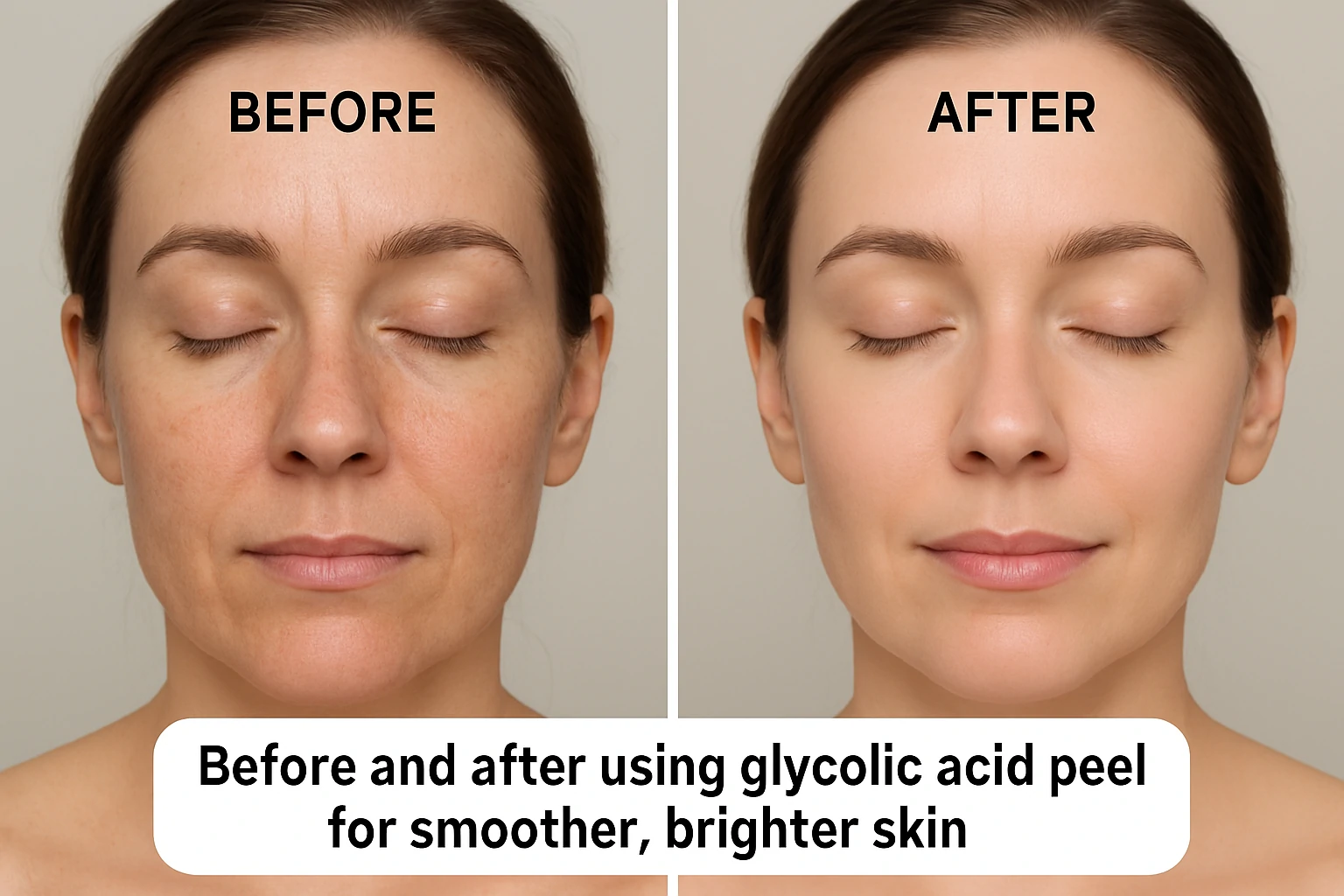
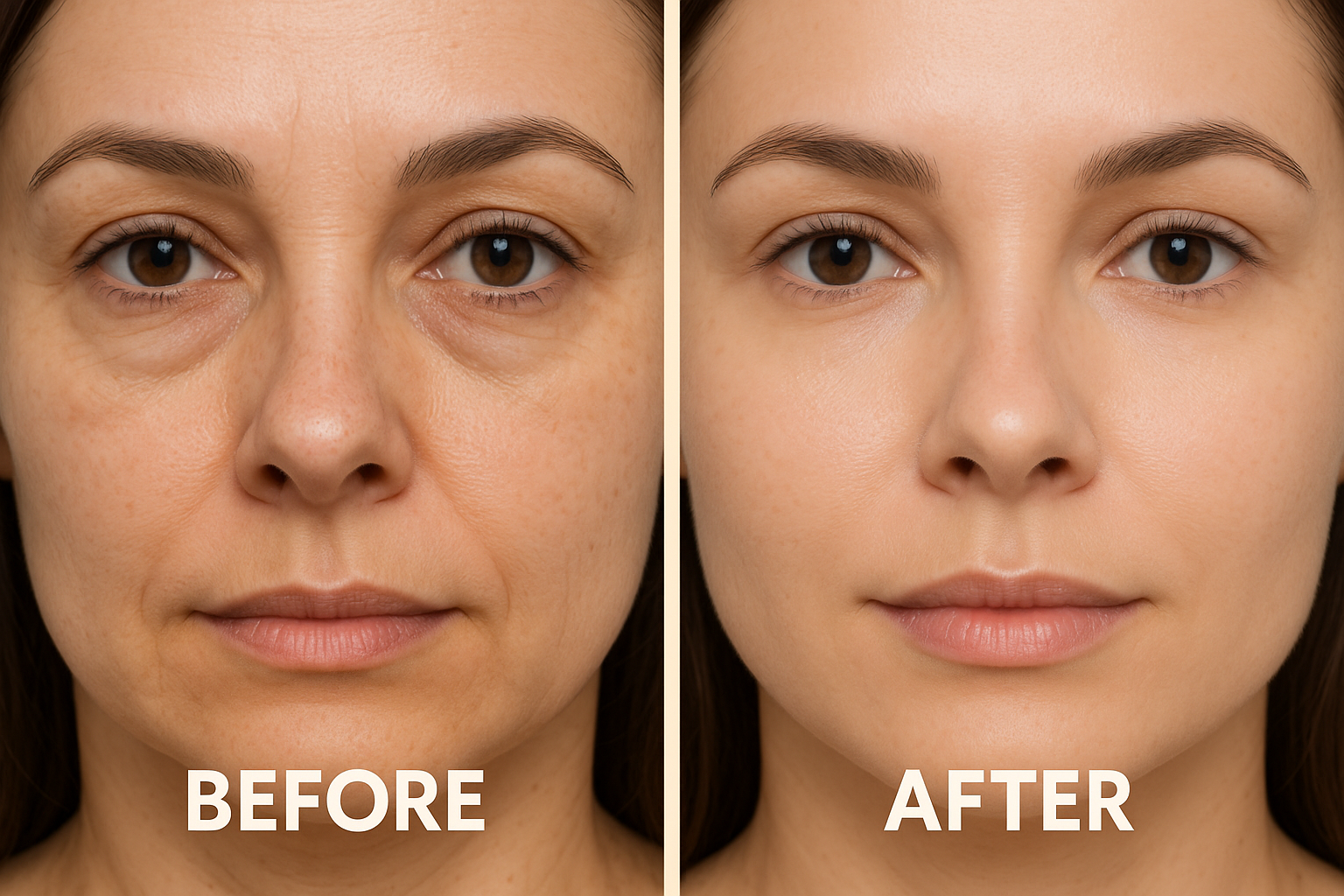
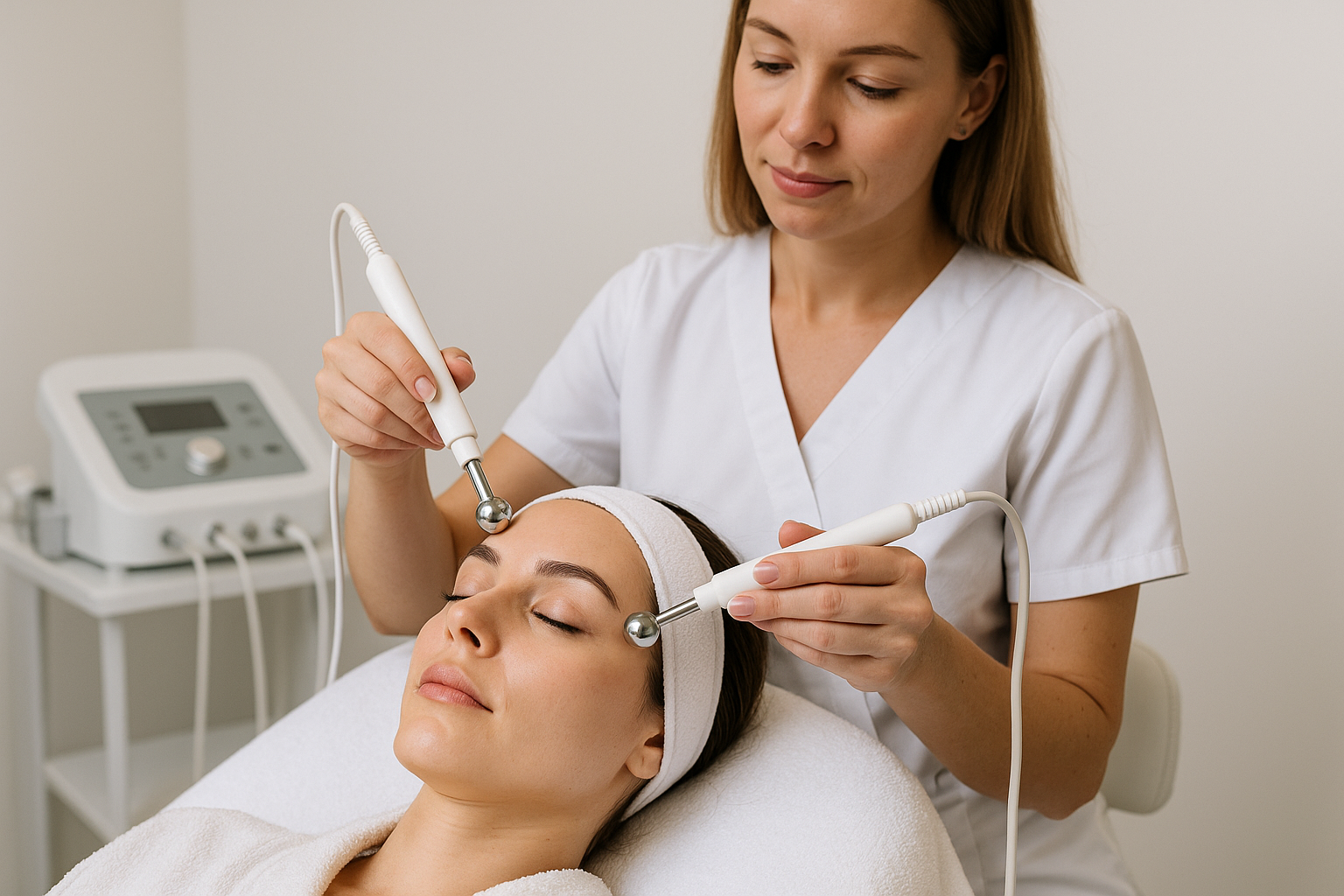
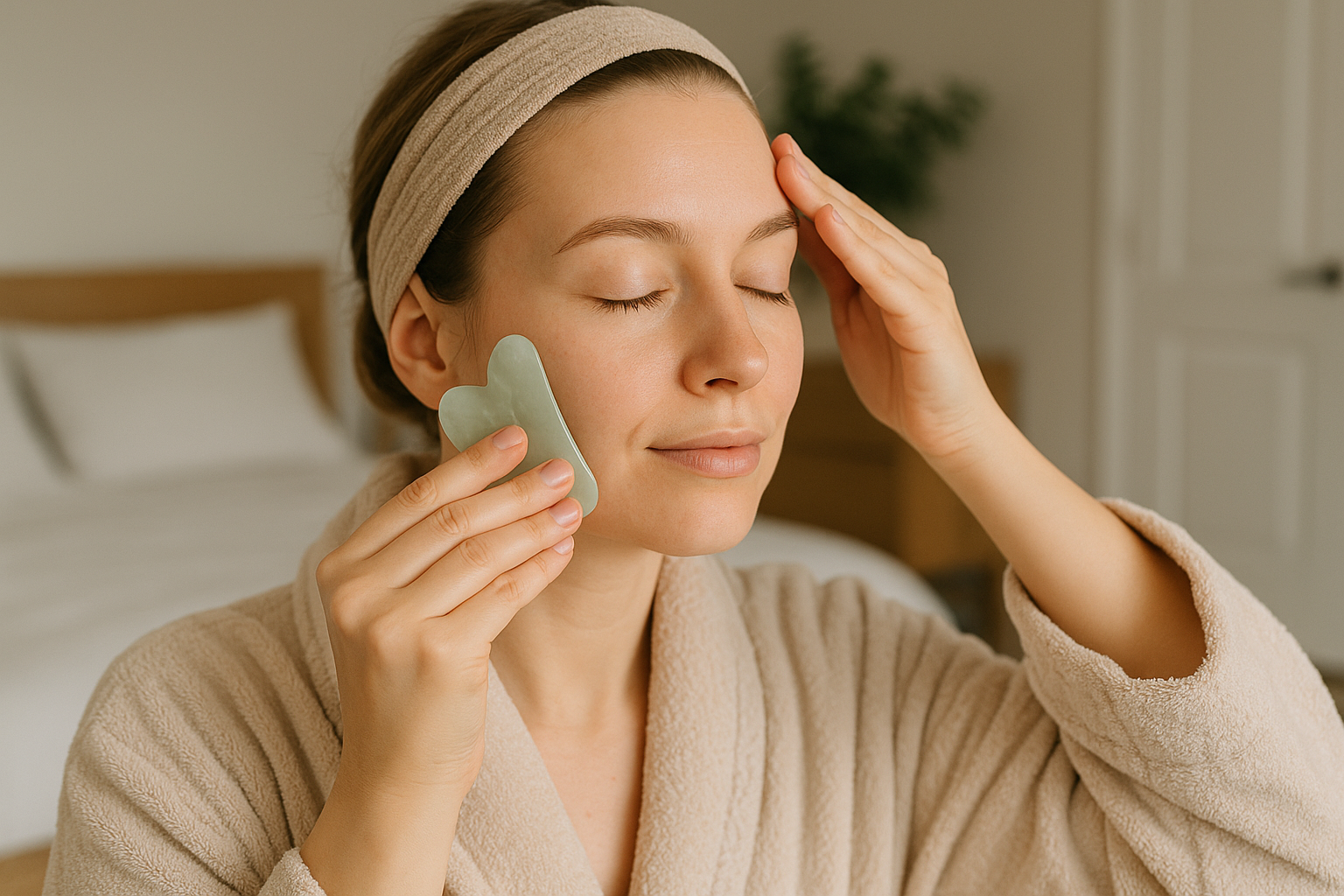

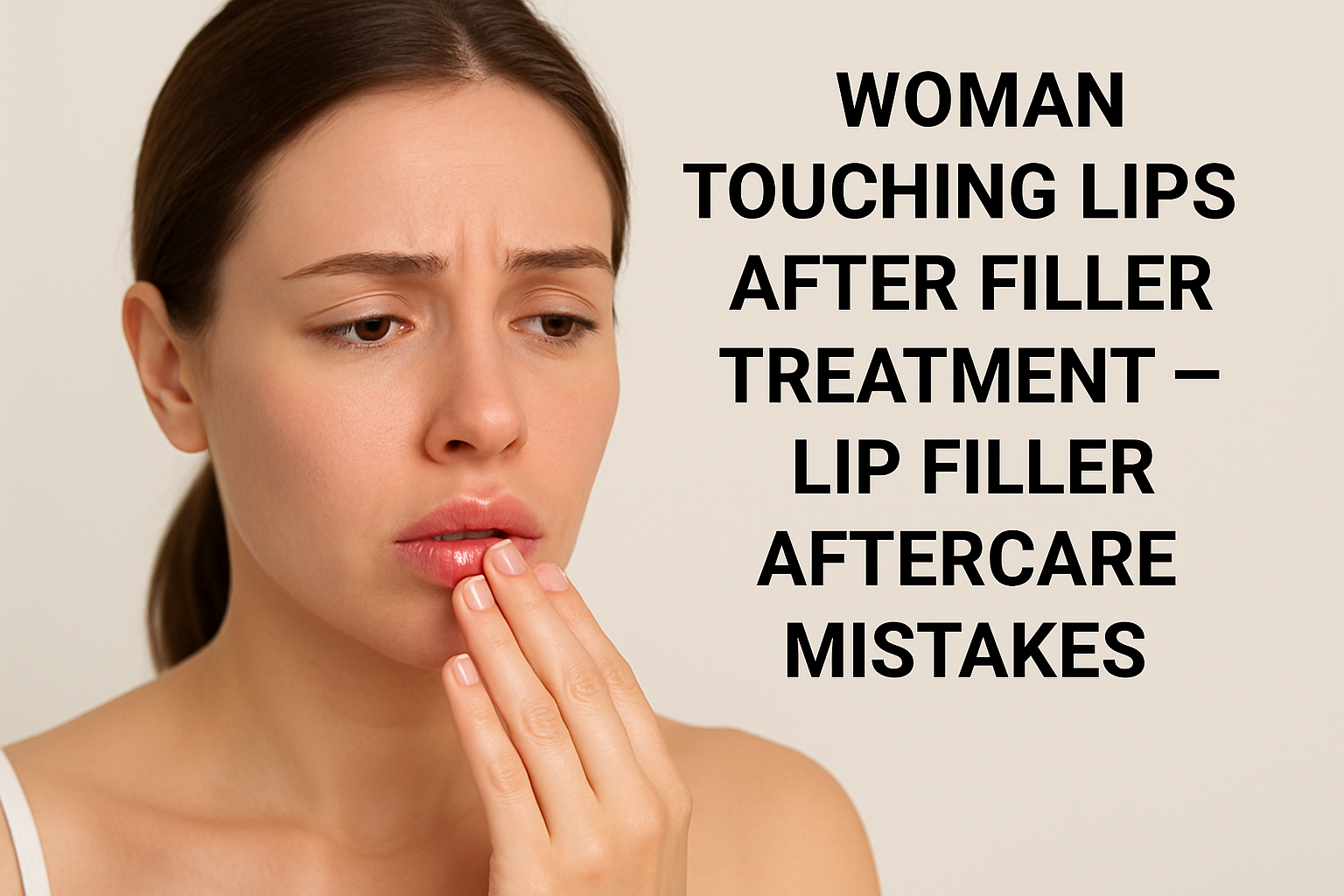
 Acne
Acne Anti-Aging
Anti-Aging Business
Business Digital Marketing
Digital Marketing Economics
Economics Movies
Movies Personal Finance
Personal Finance Websites
Websites
